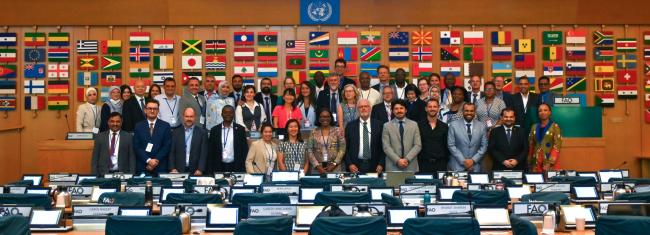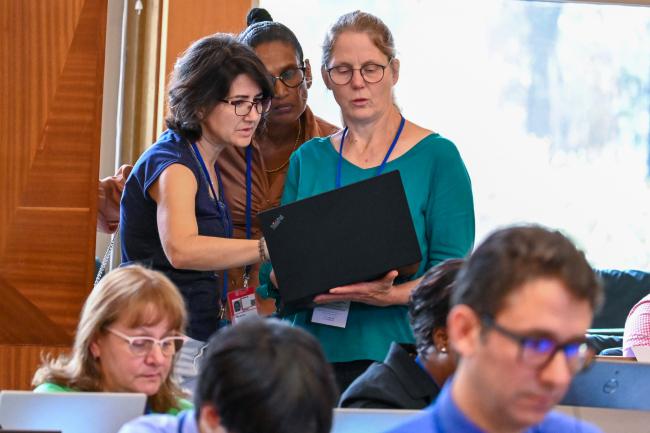Persistent organic pollutants (POPs) represent a unique global threat to human health and the environment. Peoples in remote areas, particularly Indigenous Peoples in the Arctic, are exposed to POPs, even those they have never used. These toxic chemicals are capable of long-range environmental transport, and, as such, require global action.
The POPs Review Committee (POPRC) recommended global action to eliminate the production and use of three new POPs.
- chlorinated paraffins with carbon chain lengths in the range C14-17 and chlorination levels at or exceeding 45% chlorine by weight (aka, medium-chain chlorinated paraffins, MCCPs), used as plasticizers and in metal working fluids;
- long chain perfluorocarboxylic acids, their salts and related compounds (LC-PFCAs), used in personal care products, cleaning products, and textiles, among others; and
- chlorpyrifos, a pesticide.
Each of these substances are currently produced and used. Their elimination may impact a wide range of sectors, from agriculture to polyvinyl chloride (PVC) production and use. The POPRC balanced the need to minimize the risks from these chemicals against the potential impact on some sectors as they transition to safer alternatives. For each of these POPs, the Committee recommended that some uses could continue, for a defined period of time.
Continued uses could mean that some products could contain POPs in the future. There is an ongoing traceability problem—importers and consumers simply don’t know if a product contains POPs. The Committee recommended a process for industry to disclose information on MCCP production and use. Broader work on POPs in stockpiles, products, articles in use, and wastes may continue, as members proposed.
Closing the meeting, many members welcomed the collegial technical exchanges as members sought to bridge differences and provide clear recommendations for future action to rid the world of these dangerous chemicals.
To receive free coverage of global environmental events delivered to your inbox, subscribe to the ENB Update newsletter.






